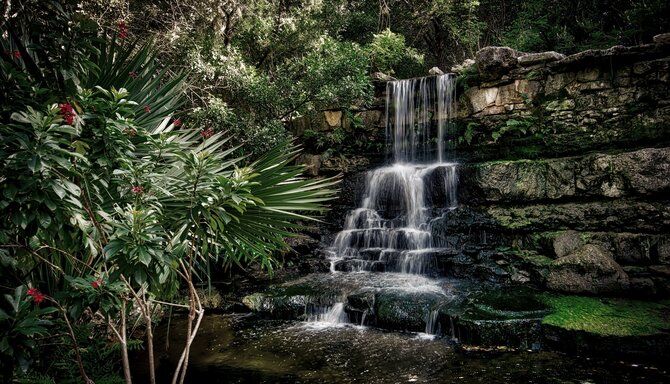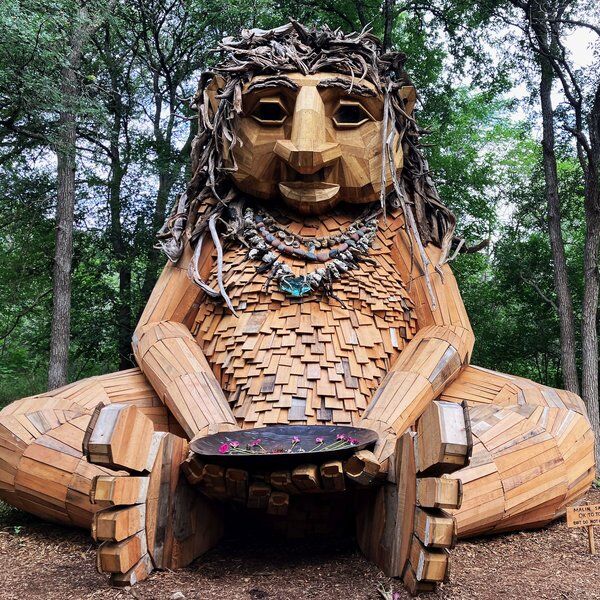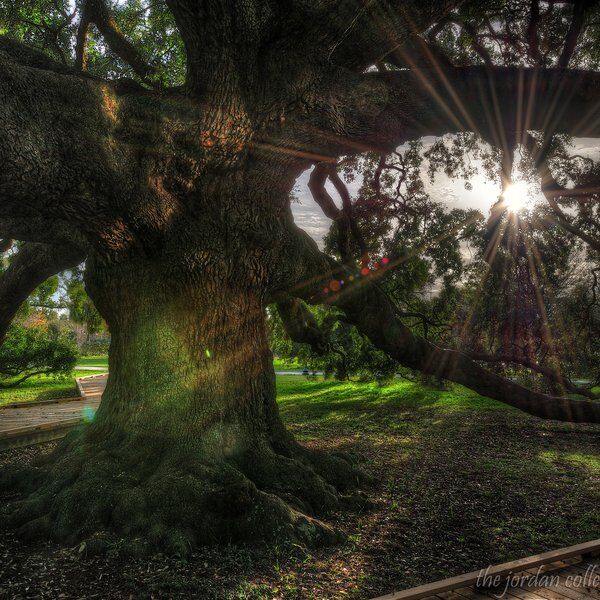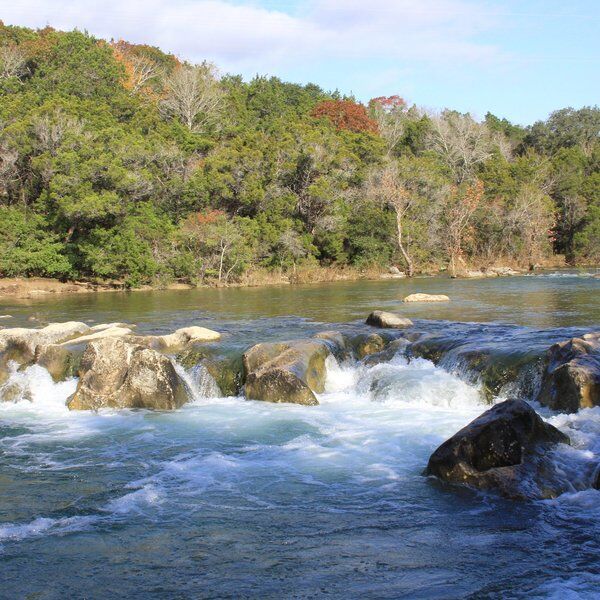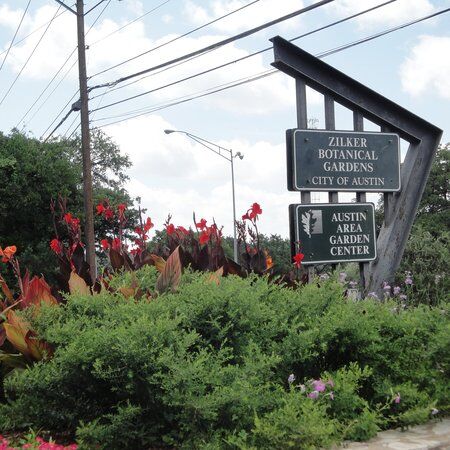
Discover the Zilker Botanical Garden
Inside the Zilker Metropolitan Park, in downtown Austin, Texas, lies the 28-acre Zilker Botanical Garden. Often referred to as "the jewel in the heart of Austin," this botanical gem is known for its themed gardens, heritage oaks set into a hillside, and panoramic views of Austin. One of the most popular gardens is the Taniguchi Japanese Garden, filled with koi ponds, waterfalls, and landscaped flower beds and shrubbery. But there are five gardens in total, all connected by winding pathways, streams, and ponds.
The Zilker Botanical Garden is run by a public-private partnership between the City of Austin Parks & Recreation Department (PARD) and the Zilker Botanical Garden Conservancy (ZGBC). This collaboration is supported by the Austin Area Garden Council (AAGC), which brings the resources of its 30 garden clubs to support and enhance the Zilker garden. Open year-round the garden welcomes over 150,000 visitors annually, including school children, tourists, and local residents.
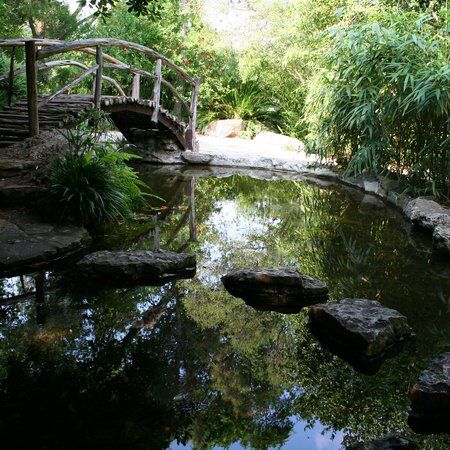
The History of Zilker Botanical Garden
The story of the Zilker Botanical Garden in Austin is one of dedication and community. Over the decades, various leaders and volunteers have spent a lot of time creating a garden that could exist as a peaceful space in the city to be enjoyed by local Austinites.
The Garden’s Origins
The journey began in 1946 when the Violet Crown Garden Club initiated a building project with a modest $50 fund. This initial donation was followed by a series of fundraising events. In a crucial move, Mrs. W. Bradfield beseeched the city to designate public land for the project.
By 1954, six Austin garden clubs had united to seek permission from the city to erect a Garden Center on city property. Under the leadership of Mrs. Alden Mabel Davis, the founding clubs: the Violet Crown Garden Club; the Men’s Garden Club; the Wilshire Area Garden Club; the Austin Women’s Federation Garden Group; the Heart of the Hills Garden Club; and the Western Hills Garden Club, led the effort.

Creation of the Garden
The City of Austin embraced the idea of a public garden, and in April 1956, the group filed articles of incorporation with the Texas Secretary of State, formally establishing the AAGC. This organisation was dedicated to creating a garden centre within Zilker Park to facilitate club activities, community education, and volunteer programmes.
In 1962, the Austin City Council allocated space within Zilker Park for the Garden Center. The City agreed to retain ownership of the land and provide utilities, grounds maintenance, and building repairs. The AAGC, under the direction of PARD Director Mr. Beverly Sheffield, presented plans for the building, which received approval from the Austin City Council.
By 1964, the stone-built Austin Area Garden Center was completed and dedicated, quickly becoming the focal point for all visitors to the Zilker Botanical Garden.
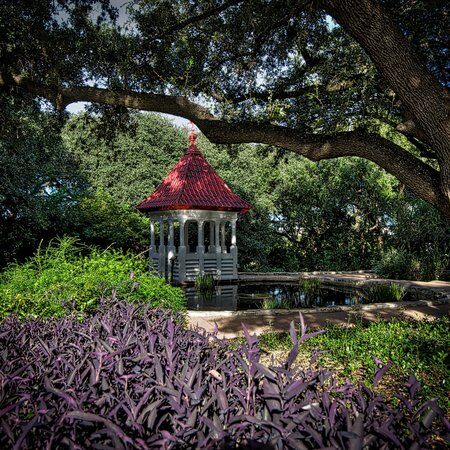
Major Renovations of the Garden
In 1996, a massive renovation project was undertaken by the City and AAGC. This included asbestos maintenance, upgrading facilities for disabled visitors, and general improvements to improve the Garden Center.
Celebrating 50 Years
The AAGC celebrated the 50th anniversary of the Garden Center in 2014. Over the years, the centre had come to host the AAGC’s educational programs, holding 45 to 50 meetings each month, and establishing itself as one of the city’s most popular facilities.
The Zilker Botanical Garden Conservancy
In 2015, the AAGC collaborated with PARD to create the Zilker Botanical Garden Conservancy (ZBGC). AAGC members donated significant time and funds, contributing more than $97,500 to cover startup costs.
By 2019, the AAGC transitioned its financial and operational roles to the ZBGC, turning over the operation of the Gift Shop and Admissions Gate. This was formalised through the first public-private partnership agreement between ZBGC and PARD, ensuring the continued growth of the garden.
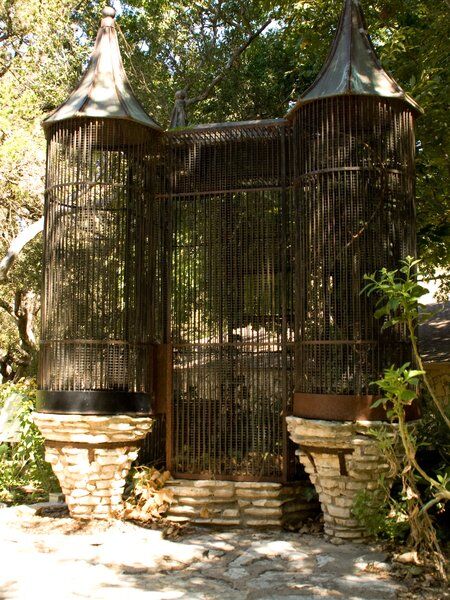
Themed Gardens at the Zilker Botanical Garden
Each themed garden at the Zilker Botanical Garden in Austin is a paradise of colour, water, and plantlife. Some of the highlights include the City of Austin's Green Garden, the Cactus and Succulent Garden, and the Herb and Fragrance Garden. However the main themed gardens are as follows:
Mabel Davis Rose Garden
The Zilker Botanical Garden would not exist if it was not for Mabel Davis, who rallied local garden clubs to establish the Austin Area Garden Center. In her honour, the Mabel Davis Rose Garden was created—a beautifully manicured lawn with stone-walled beds brimming with roses. Visitors can relax on shaded benches, enjoy the sweet scents of the flowers, or wander along gravel paths to gather inspiration for their own gardens.
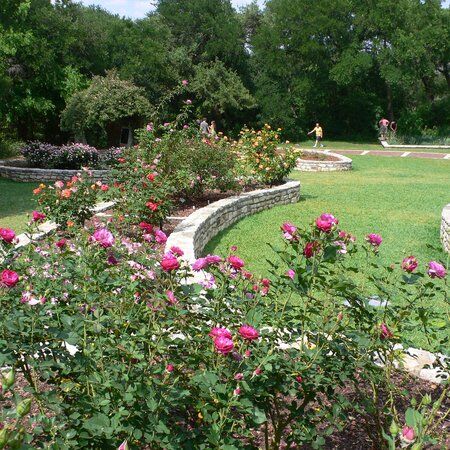
Isamu Taniguchi Japanese Garden
The Isamu Taniguchi Japanese Garden opened to the public in 1969. Isamu Taniguchi, at the age of 70, spent 18 months transforming three acres of rugged hillside into a garden without any salary or contract. The garden's ponds, designed in the shape of the word "AUSTIN", showcase Taniguchi's gift to the city. A significant feature is the Mother Tree, which inspired Taniguchi throughout his work and overlooks the pond.
Taniguchi's garden also has many Japanese elements. There is a stone gate from Austin's sister city, Oita, Japan, pathways shaded by Japanese maples, koi ponds, a bamboo grove, and a relaxing tea house.
In 2014, the Texas Historical Commission and Taniguchi's grandson, Evan Taniguchi, produced "The Spirit of the Garden," a video documenting Isamu's journey to Austin and his creation of this themed garden.
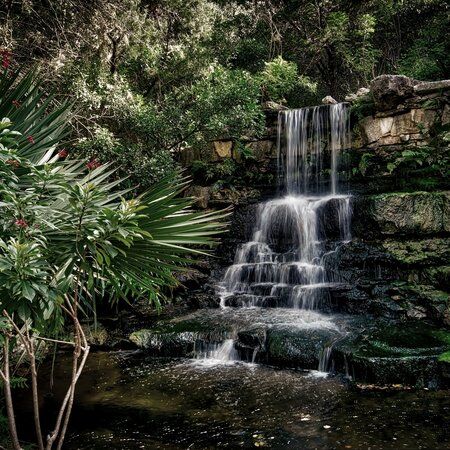
Riparian Streambed
Reconstructed in 2017, the Riparian Streambed connects the Taniguchi Garden and the pond near the Rose Garden. Designed by architect Evan Taniguchi and designer David Mahler, this 160-foot stream features a five-level bed design.
Over 100 varieties of native plants, chosen for their resilience near water, line the streambed. The shaded environment provided by live oak trees allows plants like heartleaf skullcaps, pigeon berries, and yellow water lilies to thrive.
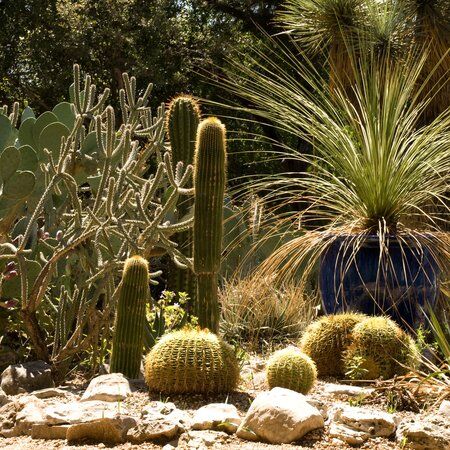
Hartman Prehistoric Garden
The Hartman Prehistoric Garden was inspired by a fortunate discovery. In 1992, while preparing the site for a butterfly garden, workers unearthed well-preserved dinosaur tracks. These prints were carefully documented, cast, and re-buried to protect them from the elements. The surrounding area was then developed into a Cretaceous habitat, filled with ferns, ginkgos, and palms reminiscent of prehistoric times.
At the heart of this themed garden stands a life-sized Ornithomimus statue, representing the dinosaur believed to have left the tracks. This garden is a favourite spot for children and families.

Events at the Zilker Botanical Garden
There is always an event or activity unfolding at the Zilker Botanical Garden. Flower workshops delve into the intricacies of floral design and horticulture, giving visitors a hands-on experience. Free days provide an open invitation for all to explore the garden's different themed gardens, making the Zilker Botanical Garden accessible to everyone.
During the summer months, Austinites craft miniature faerie homes for the Woodland Faerie Trail bringing it to life, magically, for children and adults.
As you wander through the Zilker Botanical Garden, check out the onsite Pretty Cute Coffee truck. The coffee truck’s menu is creative and reflective of its existence within the garden, for example, no stroll through the garden is complete without a Super Bloom Latte.
For those who want more information about the botanical garden, guided tours are offered every second Saturday of the month. These tours, free with admission, begin at 11:00 am and provide an in-depth exploration of the entire Zilker Botanical Garden.
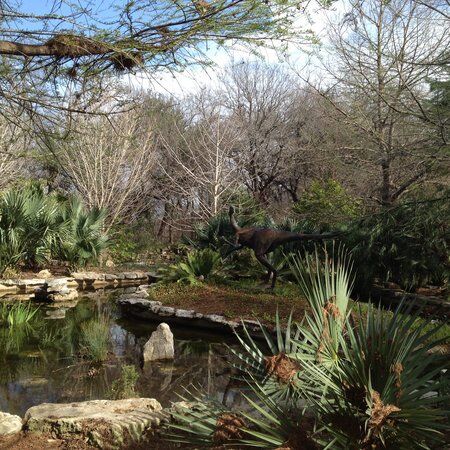
Plan Your Visit to the Zilker Botanical Garden
When is the Best Time to Visit the Zilker Botanical Garden? No matter the season, the Zilker Botanical Garden is a great place to visit—perfect destination for family outings, romantic dates, or solo adventures. In spring, the garden is full of colour with blooming flowers and lush greenery. Summer has the magic of the Woodland Faerie Trail, while autumn in its typical style is a vision of falling leaves and changing fall landscapes. Yet even in winter, the garden is still worth visiting for its year-round evergreens and other carefully chosen plantings.
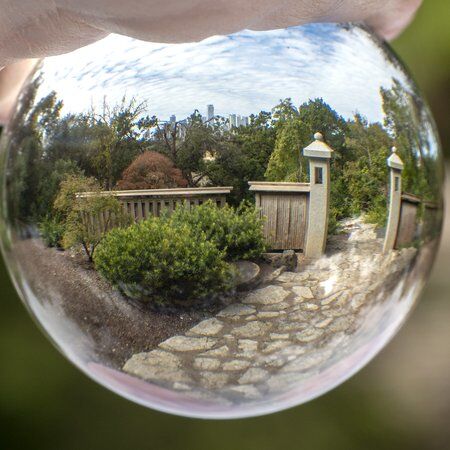
Interested in finding more places like this? Try one of our CityDays Exploration Games - untangle cryptic clues as a team, as you are taken on a journey to the most unique, unusual and bizarre corners of Austin and beyond.
